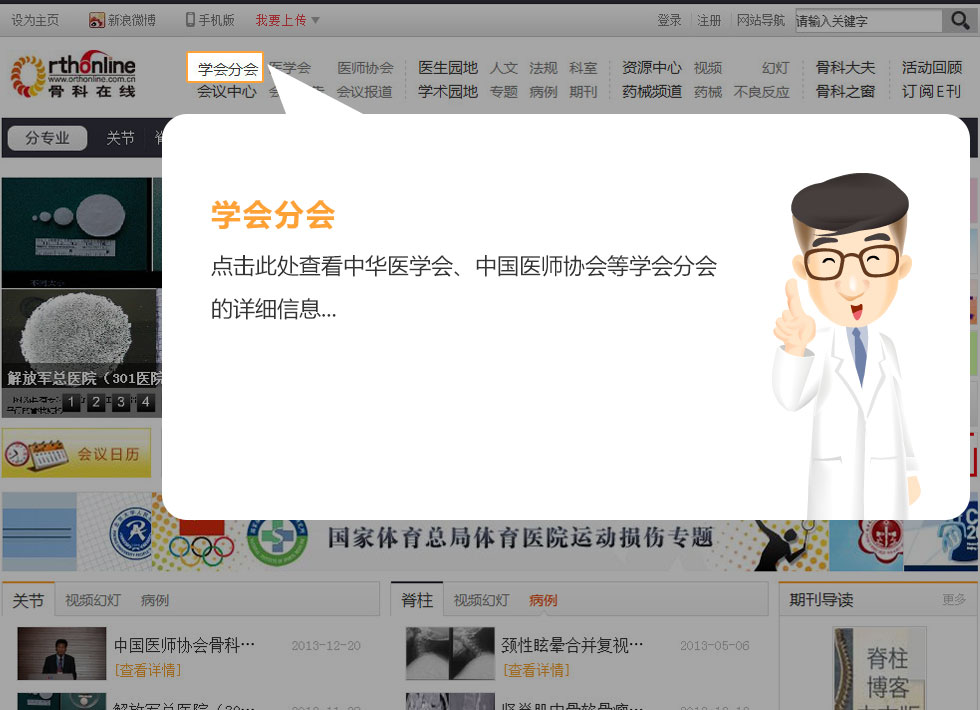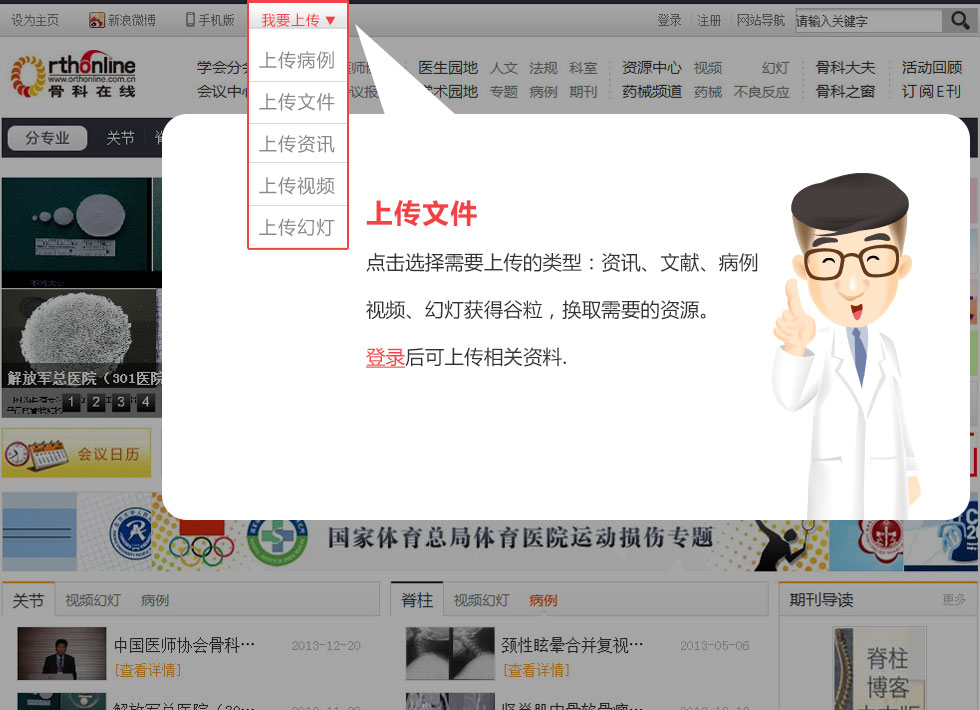Mitigating Adverse Event Reporting Bias in Spine Surgery
第一作者:Joshua D. Auerbach
2013-11-19 点击量:569 我要说
Joshua D. Auerbach, Kevin B. McGowan, Marci Halevi
Michael C. Gerling,Alok D. Sharan,Peter G. Whang,Greg Maislin
Recent articles in the lay press and literature have raised concerns about the ability to report honest adverse event data from industry-sponsored spine surgery studies. To address this, clinical trials may utilize an independent Clinical Events Committee (CEC) to review adverse events and readjudicate the severity and relatedness accordingly. We are aware of no prior study that has quantified either the degree to which investigator bias is present in adverse event reporting or the effect that an independent CEC has on mitigating this potential bias.
Methods:
The coflex Investigational Device Exemption study is a prospective randomized controlled trial comparing coflex (Paradigm Spine) stabilization with lumbar spinal fusion to treat spinal stenosis and spondylolisthesis. Investigators classified the severity of adverse events (mild, moderate, or severe) and their relationship to the surgery and device (unrelated, unlikely, possibly, probably, or definitely). An independent CEC, composed of three spine surgeons without affiliation to the study sponsor, reviewed and reclassified all adverse event reports submitted by the investigators.
Results:
The CEC reclassified the level of severity, relation to the surgery, and/or relation to the device in 394 (37.3%) of 1055 reported adverse events. The proportion of adverse events that underwent reclassification was similar in the coflex and fusion groups (37.9% compared with 36.0%, p = 0.56). The CEC was 5.3 (95% confidence interval [CI], 2.6 to 10.7) times more likely to upgrade than downgrade the adverse event. The CEC was 7.3 (95% CI, 5.1 to 10.6) times more likely to upgrade than downgrade the relationship to the surgery and 11.6 (95% CI, 7.5 to 18.8) times more likely to upgrade than downgrade the relationship to the device. The status of the investigator’s financial interest in the company had little effect on the reclassification of adverse events.
Conclusions:
Thirty-seven percent of adverse events were reclassified by the CEC; the large majority of the reclassifications were an upgrade in the level of severity or a designation of greater relatedness to the surgery or device.
Clinical Relevance:
An independent CEC can identify and mitigate potential inherent investigator bias and facilitate an accurate assessment of the safety profile of an investigational device, and a CEC should be considered a requisite component of future clinical trials.





 京公网安备11010502051256号
京公网安备11010502051256号